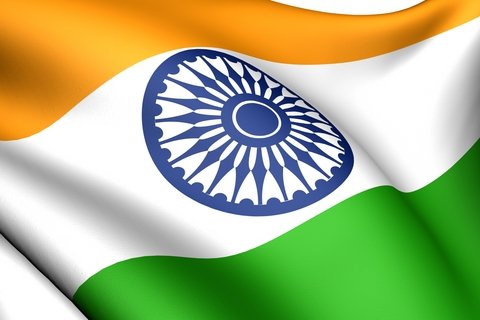
Nonwovens symposium in Dubai calls for papers
General Manager of EDANA said that the global growth rate of the nonwovens production had been following rather than outpacing the global economic growth.

21st October 2014
Innovation in Textiles
|
Brussels

Pierre Wiertz, General Manager of EDANA, addressed Indian industry leaders and supply chain representatives for both technical textiles and nonwovens, speaking in Mumbai at the 2014 Techtextil Symposium held last week.
Mr Wiertz highlighted that the global growth rate of the overall production of nonwovens has outpaced that of many other industries’ output since the beginning of the 21st century, but in doing that, it had more often been following rather than outpacing global economic growth.
“This makes nonwovens one of the fastest growing fibre-consuming sectors, if not the fastest,” commented Wiertz. “But nonwovens are not just textiles, as they can be made of many other materials such as cellulose, carbon or mineral fibres than what conventional classifications consider to be textile fibres.”
Comparing the stage of developments of the various continental bases of nonwovens production and consumption, Wiertz suggested that almost exactly as the earth’s population reached 7 billion people in 2011, the world annual average per capita consumption figure of nonwovens reached an impressive and unprecedented figure of 1kg (as global nonwovens output reached 7 million metric tons).
Considering the current slow-down in nonwovens growth since then, it will however probably take to 2021 or longer to double this symbolic level. “Asia will see the fastest growth rates, but while China has already reached a remarkable level of over 1kg/capita - admittedly still less than half of the European level, India is lagging behind, with less than 0.3kg, or 300g per capita,” he said.
The panel of speakers presenting nonwoven developments in India agreed that the growth of the Indian nonwovens industry's output was poised to accelerate from the current level of around 250,000 tons, but also to shift in quality and end-uses.
Whilst a predominant share of the lower quality spunlaid nonwovens produced goes to commodities such as low-end packaging items, new production capacities of nonwovens production coming on stream in the next few years would be primarily oriented towards the essential need of India’s huge population in hygiene, medical, mobility, filtration, construction and infrastructure.
Altogether, opportunities for the whole value chain, including the increasingly sophisticated machinery requirements, were emphasised. The considerable local polymer and staple fibre production capacities were also discussed.
“Eventually, the whole question of how nonwovens and nonwoven-based products are perceived (or ignored) by individual citizens and consumers, but also by media, authorities and opinion leaders, is another subject of concern, which should -and does- prompt EDANA to act with and on behalf of its member companies,” said Wiertz.
“More and better communication is required, in India like elsewhere, to convey the positive contribution of nonwovens to people’s lives and to society, but also to fight misperceptions and prejudices about their environmental impact.”
“EDANA is determined to support the development of the nonwovens industry in India by any suitable means,” concluded Wiertz.

Business intelligence for the fibre, textiles and apparel industries: technologies, innovations, markets, investments, trade policy, sourcing, strategy...
Find out more